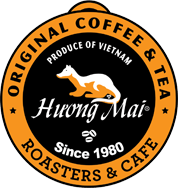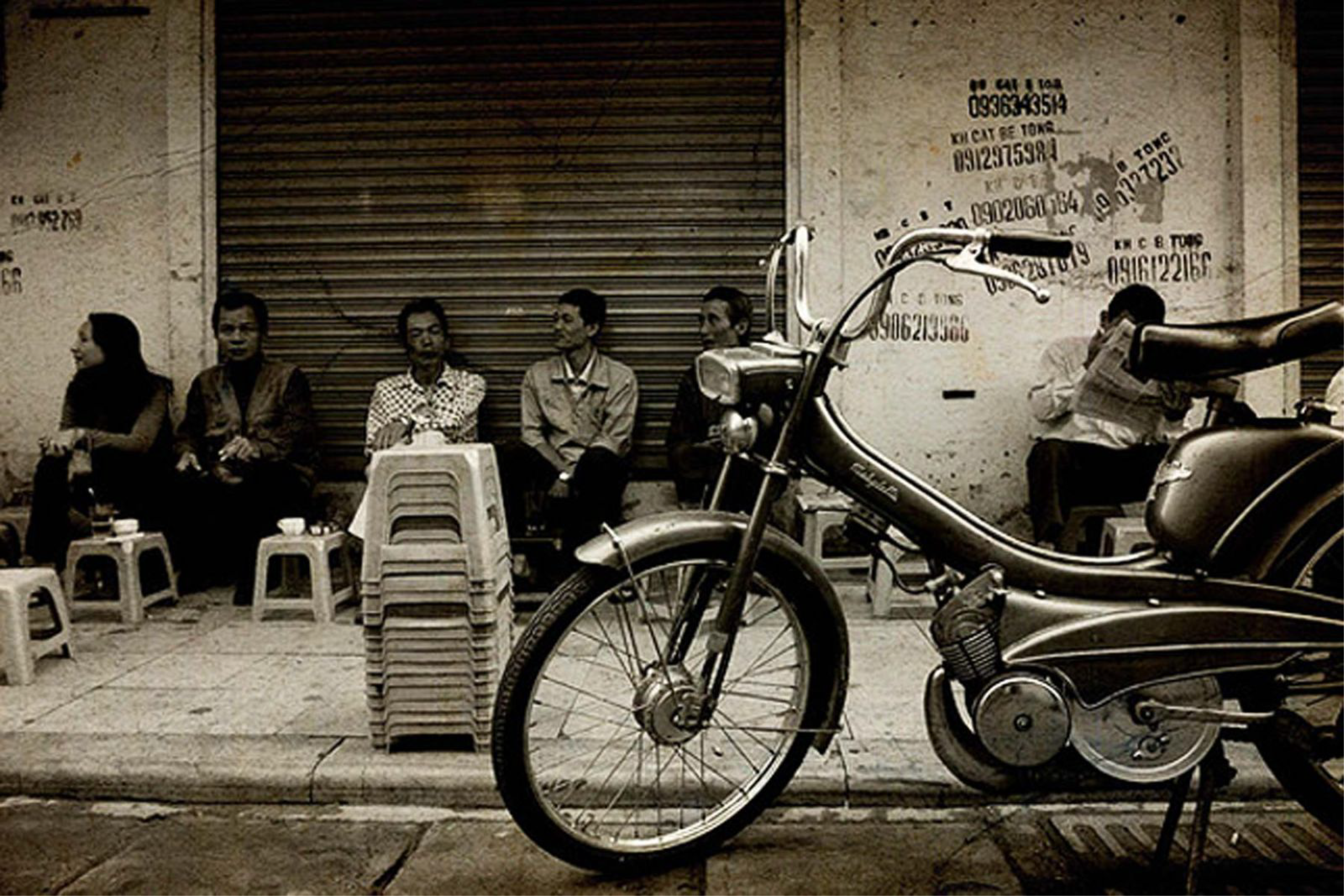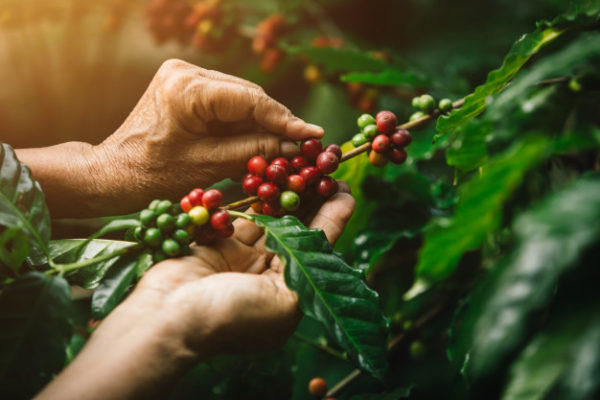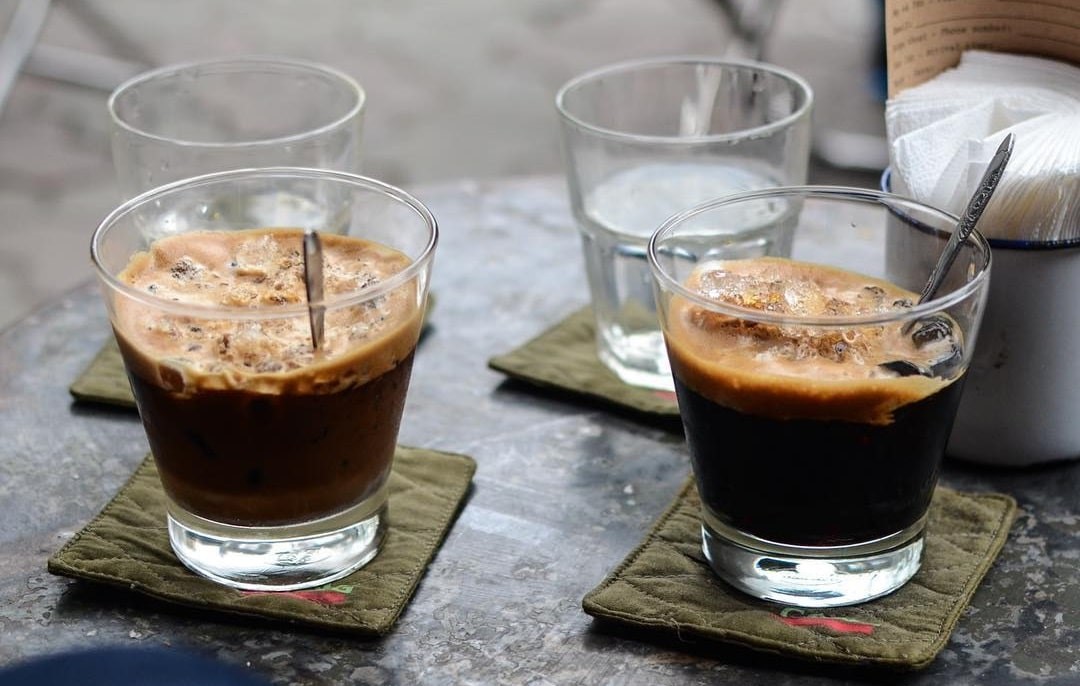When did Vietnamese coffee exist?
When did Vietnamese coffee exist?
Vietnamese coffee – through the ups and downs of history
Besides passion and based on unique taste, the special thing that makes Vietnamese coffee culture is coffee shops. It can be said that there are few places in the world where there are as many coffee shops as in Vietnam, coffee has gradually become a culture of a large number of young people.
Coffee shops with a full range of styles such as vintage, retro, or 90's, ... are everywhere, from the countryside to the city, it's also easy to find the coffee shop you like. idea. In each restaurant, there will be different service styles, the way to enjoy is also more diverse, bearing the culture of that locality. Unmissable names such as black stone, stone brown, silver faint, egg coffee, weasel coffee, etc. have created a wave of Vietnamese-style coffee that is hard to be confused with.

The first wave – Cross cultural
Introduced to Vietnam in 1857, coffee is a product that the French brought to grow in the sunny and windy Tay Nguyen, the soil here is favored by nature, extremely suitable for this plant. The Western way of enjoying filtered coffee combined with the Asian style has created a very close term - "filter coffee". At the coffee filter, people can sit leisurely and freely, watch each drop of coffee slowly drop down, listen to the attractive sound of the cup, remind people to think about life, about the times, about the stories of the past, and then slowly sipping the quintessential flavor of heaven and earth distilled over time, suddenly found myself loving, gentle, less extravagant than back then.
The history of the formation of a drink with the name coffee in the 17-18th centuries shows that the French, after importing coffee from Arabia, invented a way to mix it with a racket (cloth), then add milk to the coffee to have Café au lait - which is today's milk coffee. Coffee dissolves class boundaries and closes the gap, because anyone can reward themselves with a fragrant coffee after hours of hard work. The first wave of Vietnamese coffee was shaped by such introduction and cultural integration.

South and North: 2 regions of coffee culture
That wave lasted until before 1975. In the North, commercial cafes serving the spirit of subsidies gradually became popular, or family cafes prepared by the owner himself and serve and then use their own name as the name of the shop such as Giang coffee, Lam coffee ... echoing once in the capital of a thousand years of civilization. In the South, gradually formed luxurious cafes that both harmonize European and American cultures and contain a liberal and honest spirit that is true to the nature of the people of the river.

2nd wave of coffee - toad cafe
After liberation, in the subsidy period, coffee was like a luxury drink and was banned from business. There are very few cafes in luxury places, but mainly shops sold on sidewalks, along the streets. The "traders" of coffee toad often operate quite secretly to still be able to supply the needs of followers who love street culture. In the 1980s and early 1990s, the backward economy turned to a market economy, which also led to an increase in demand for cheap coffee without worrying about the health of consumers. Many coffee establishments are ready to mix corn, burnt roasted soybeans and add chemical flavorings... to race for profits.
The period of "misunderstanding" about the taste of coffee
Consumers enjoy such coffee for a long time, leading to a misconception about the true taste of good coffee: dark black, bitter bitter, long-lasting aroma, thick, foamy. Meanwhile, the shops take advantage of the available street corner sidewalks and spontaneously become "coffee toads" and gradually gain widespread support.

Like returning to the starting line, overcoming the distinction of class and level, from students, students to officials and civil servants, from workers to writers and artists, everyone can have fun and chat. coffee cup story. It can be said that Vietnamese coffee in this period, in addition to providing an awakening for a nation after the war, was also the glue that held the hearts of those once in a while.












